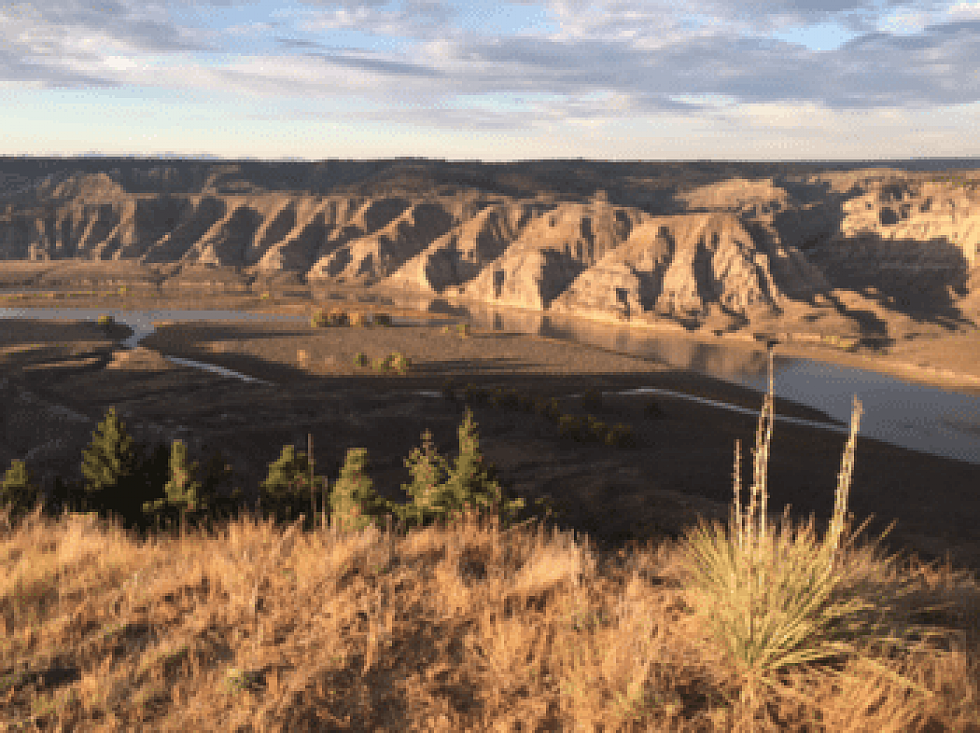
Montana comments favor protection of Missouri River Breaks, other national monuments
When the deadline came and went, Montanans had submitted thousands of comments to the Department of Interior regarding the Upper Missouri River Breaks National Monument, along with dozens of other national monuments scattered across the American West.
And while U.S. Interior Secretary Ryan Zinke considers the fate of many monuments designated by past presidents, he said last month while in Whitefish that he would recommend keeping the Uppper Missouri River Breaks intact.
“We’re going to hold Zinke to his word,” said Larry Epstein, a retired Glacier County Attorney and member of Hold Our Ground, a coalition of Montanans who are campaigning to protect public lands.
“The number of comments Zinke received from Montanans goes to show just how much we value the Upper Missouri River Breaks National Monument and everything it protects – our heritage, our wildlife, and the economies of surrounding communities.”
In a flurry of emails, conservation groups across Montana on Tuesday noted the deadline's closing and suggested that as many as 12,000 comments had been submitted as part of a large campaign to protect the breaks and other national monuments.
Regulations.gov, a website listing federal dockets including the monuments review, attached more than 768,000 comments submitted nationally on the issue. Most were submitted in favor of protection. Some argued the economic boon provided by the Western monuments while other argued American heritage.
According to a recent Headwaters Economics report, communities around the Upper Missouri River Breaks have seen a 23 percent increase in per capita income since 2001.
“The thousands of Montanans who took the time to speak up for the breaks realize that local businesses would take a huge hit if the monument were rescinded or shrunk,” said Nicolle Figure, owner of Missouri River Outfitters in Fort Benton and a member of Hold Our Ground.
“My business and many others around the monument absolutely depend on the 130,000 people who visit the monument annually and pump millions into local economies.”
A survey released last month by the Montana Wildlife Federation suggested that 59 percent of Montana respondents opposed eliminating the Upper Missouri River Breaks National Monument, or reducing its size.
Roughly 28 percent supported a reduction. A separate poll released earlier this year by Colorado College showed that 77 percent of Montanans support the nation's existing monuments.
“Millions of Americans, including hunters and anglers, have spoken up in support of our national monuments and the role these places play in our outdoor opportunities, local communities and economic health,” said Land Tawney, CEO and President of Backcountry Hunters and Anglers.
“We urge Zinke to listen to his constituents, to the citizens who use and enjoy these landscapes, and to the businesses that rely on the continued conservation of our public lands and waters.”
President Donald Trump in April directed Zinke to study 27 national monuments created since 1996 to gauge whether their size, boundaries and scope conform to parameters in the Antiquities Act.
The act was signed into law by President Theodore Rosevelt and has been used by 16 presidents, including eight Republicans and eight Democrats over the past 111 years.
